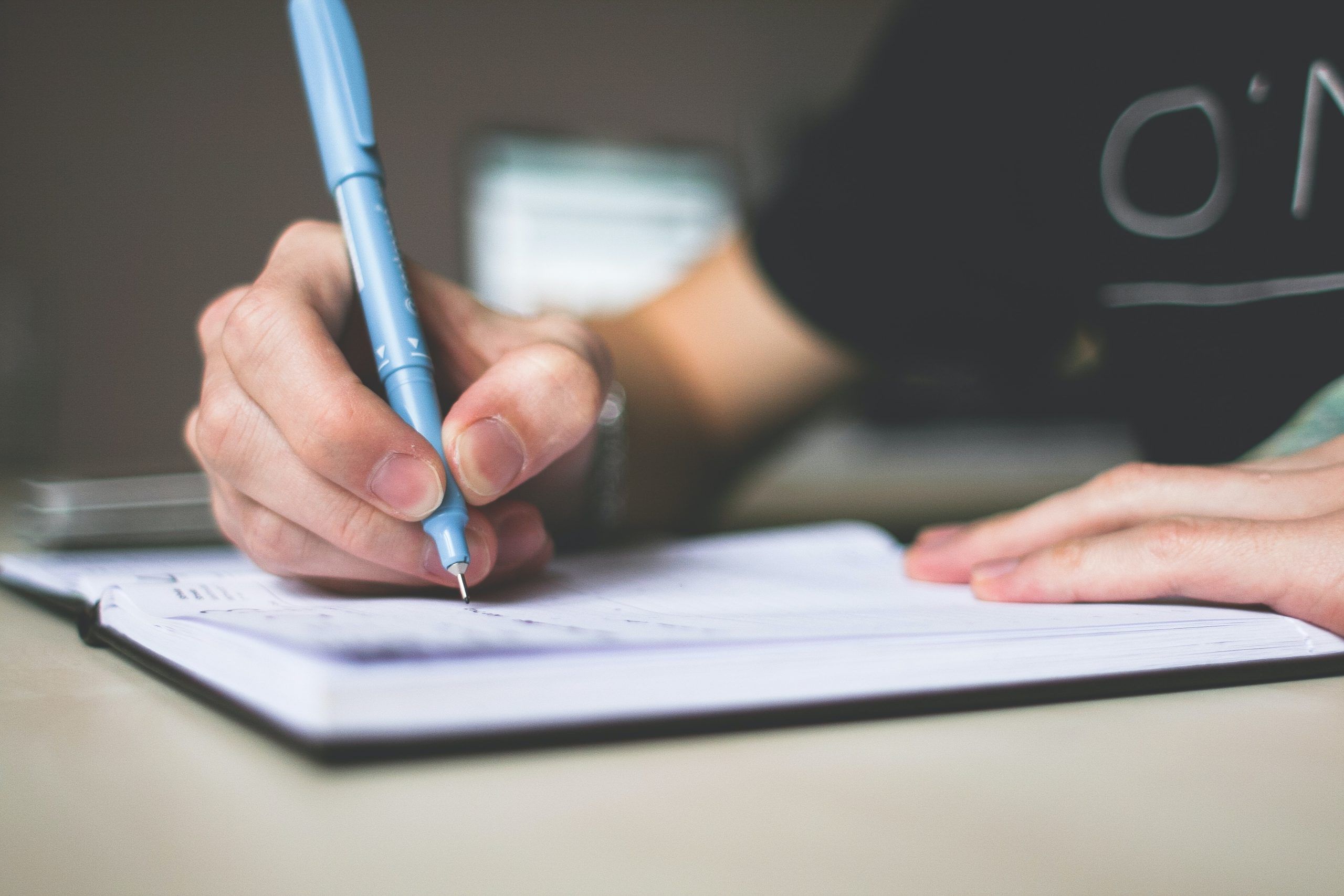With exams coming up, many of you out there are stressing about your performance. So what if I told you, you could cover twice as much in half the amount of time and be much more effective. Today we will talk about how you can study SMART and not HARD. There are 10 proven revision techniques and strategies which have been proven scientifically. These quick revision techniques for students will surely help you ace that exam you have been looking forward to.
These last-minute revision strategies and techniques are broken down into 4 categories.
- How to Prioritise
- How to Memorize
- Things to Avoid
Let us begin!

Scheduling And Prioritization Tips
Now, you know that around 30-40% of the syllabus gets you about 70-75% of marks. But the question here is how do I find out which are the important topics to revise right before the exam?
Solve Previous Year Examination Papers
Quickly talking about how these papers play an important role in quick revision right before the exam is that it makes more sense to solve different sections of the paper within an individual time limit. Also, make sure to analyse the paper once you finish solving it. Go over the mistakes, go through the concepts, revise them again, think of other topics that you could come across and then finally start with the next previous year paper. This way you will know exactly what the format of the final paper will be.
Respect Your Own Body Rhythm
The next thing is that usually, people feel more productive in the morning. For some, it could be 5:30 am, for others it could be 6:30 am. Sit with your most important tasks during that period of time in the morning every single day. Maybe go for theory in the mornings and then move on to the numericals in the late afternoon. Sit down with your mistakes once again and make sure to revise them.
Focus On Your Strengths
Never take away from the fact that you have some strengths and some topics that you are confident about. Make sure that you spend enough time consolidating that and cracking that part. Saving on time for the entire exam when your favourite questions come to you.
Don’t take up anything ‘New’
Closer to the exam time people will say do not take up anything new. What if you find out that there is a big important topic that you are not very comfortable with. Should you leave it? Should you go for it? Josh Kaufman talks about his book, 20 hours. He says that all it takes is 20 good hours of studying and you can master and deconstruct something that was very complicated to you before. Make sure to learn enough to self-correct.
Fill the form to get FREE property consultation services!
Maintain A Doubts And Mistakes Notebook
This is a great tip for revision technique for students. A notebook containing all the mistakes you have made in your previous tests, exams, quizzes and assessments. So when time is close to the exam date, all you would have to do is go over this notebook and revise thoroughly to make sure of those mistakes.
Super Tip:
At the end of every hour of studying, write down in one line exactly what you have covered during that particular hour. This gives you that positive enthusiastic kind of approach at the end of the day!
Smart Learning & Memorisation Techniques
Turns out, there are 3 different types of learners.
Auditory Learners
These are the ones that can function better when there is any sort of activity going on around them. For example, listening to music while revising your concept. If you are that kind of learner there are plenty of playlists out there for you to go through!
Revision Techniques Tips for Students: Record yourself answering the difficult questions you would like to revise on repeat while you are on your way to the exam!
Visual Learners
You know you are a visual learner if you like making notes, giving your notebook the aesthetic touch, feel and look. Using different coloured markers and stationary to fill in your notes. This also helps your brain take in information faster and more effectively.
Revision Techniques Tips for Students: Colored notes work well for you. The use of mnemonic codes can help make a story out of points. Put up colourful sticky notes on your walls, charts, formulas.
Kinaesthetic Learners
Typically these people are a little restless, they want to get up every few minutes, they want action around them, they want to walk up and down the room and revise at the same time.
Revision Techniques Tips for Students: Keep with yourself a small pocket notepad which you can make very attractive, mention all the important formulas, make small tiny bookmarks, this can become your bible to take you through your exam. Move around, take frequent breaks, keep on binge eating snacks so you feel energetic!
Sometimes we are all 3 of these learners. At different points of time, we learn better in different ways.
A Few More Things To Avoid:
- Avoid multitasking
- Avoid panicking in general
- Say NO to group-study
- Read 20% & Recite 80%
Picture Credit: Writix
We hope you enjoyed reading this blog on Revision Techniques for Students. Don’t forget to read some of our other blogs like –















0 Comments